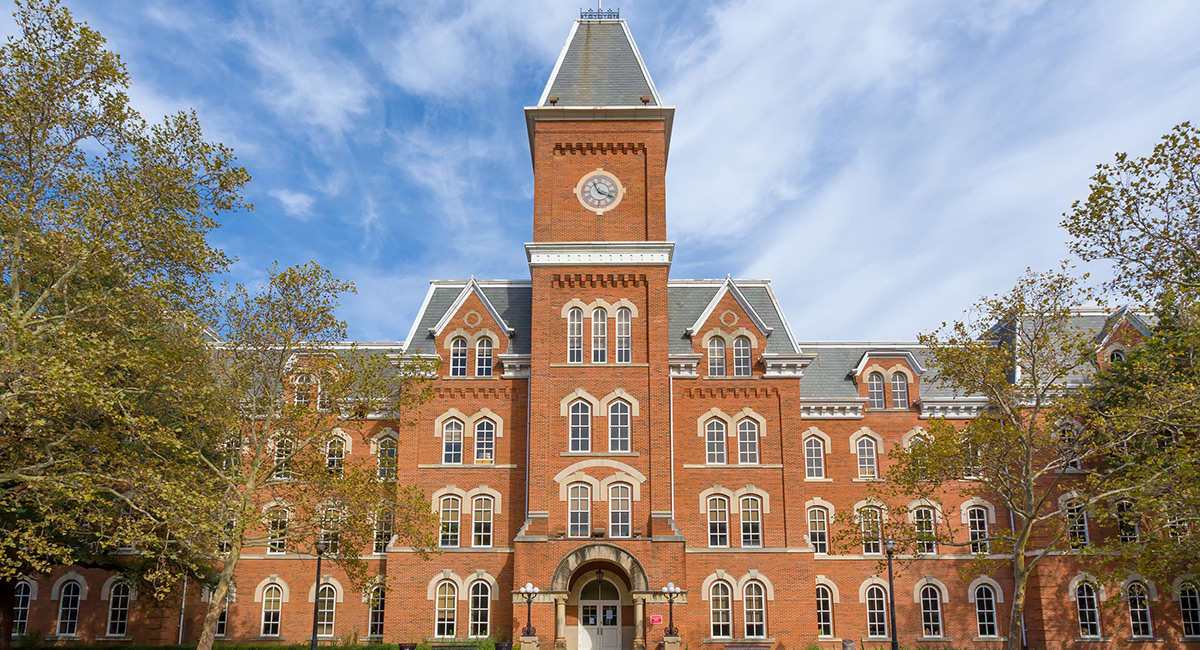Universities have played a consequential role in the fight against the coronavirus that has swept the globe—their research tries to prevent the disease or mitigate its effects, their classrooms and labs train the future physicians and others trying to save lives, and their hospitals and clinics try to heal those with not only this sickness but all sorts of other serious aliments afflicting humankind. About 100 institutions with med schools and hospitals are particularly critical.
With all this is mind, I recently chatted with Dr. Harold Paz, Executive Vice President and Chancellor for Health Affairs at Ohio State (OSU), and CEO of its Wexner Medical Center. Dr. Paz has run university medical centers at Rutgers and Penn State as well, and was the chief health executive at Aetna for several years. He also has had close professional associations with several private schools, such as Rochester, Johns Hopkins and Yale. He is an articulate, bright individual.
The health care component at massive universities like Ohio State, as measured by spending, now sometimes exceed 50%—it is around $4.5 billion a year ($500,000 an hour) at OSU, bigger than all other parts of that huge school combined—an institution with 60,000 or so students in Columbus alone. Dr. Paz spends 20 times as much as the athletic director overseeing OSU’s superstar status athletic programs.
I asked Dr. Paz if doing things like opening and running massive new ambulatory centers (with one million square feet of space) in the Columbus suburbs in competition with rival health care providers, or building a new nearly $2 billion skyscraper hospital, distracts from traditional goals like teaching French or accounting to college freshmen. Is institutional hubris trumping common sense?
I remember decades ago when a distinguished Duke economist (a former president of the American Economics Association) told me my university would rue the day when it started a medical school. Dr. Paz politely but strongly demurred from this type of thinking, suggesting the synergies of medical schools combined with other university operations make for an effective model, ultimately serving the good of society.
Dr. Paz notes that health care spending in the U.S. is approaching 18 % of national output—much more than in most other nations, and he believes there are ways to reduce future costs through restructuring medical care. Big changes in health care delivery are ahead, if Dr. Paz is correct. He, however, did not comment on an observation of my own: a huge percentage of health care costs are related to end-of-life heroic efforts that are extremely expensive but prolong life usually only for a few weeks or perhaps months. Medical ethicists and theologians debate: when does life begin? Perhaps we should ask: when should life end, knowing some persons can be kept alive in a vegetative state for years? It occurred to me this may be where university medical centers receive a large hunk of their revenue.
If there is ever an area where trade-offs, choosing between alternatives, is especially important it is medical education. Could we save a lot of money by shortening medical training a bit, but train more doctors? Should we cut off insurance support for patients clearly terminal and in their last few days or weeks of living? Should we broaden further what we allow non-physician health care providers can do?
Since teaching French to 18 year old students is rather different than providing high level medical training to 25 year olds, and since caring for hospital patients is a long way from traditional “higher education,” should we separate medical operations into wholly distinct institutions, perhaps with cooperative arrangements with each other? Or, as Dr. Paz seemed to admit may be a more viable option, can the clinical functions of medical schools be separated from the educational functions? Is bigger better?
An aging population, low levels of economic growth, high levels of indebtedness—these are attributes of contemporary America. We arguably are overextended as a nation. Our extremely high health care costs need to be reevaluated and reform is no doubt needed, as Dr. Paz seems to think will come. University provision of both medical education and medical care will be part of that scrutiny in coming years.













